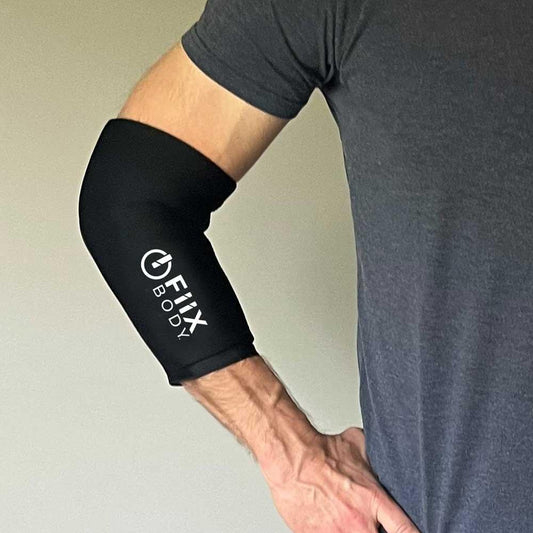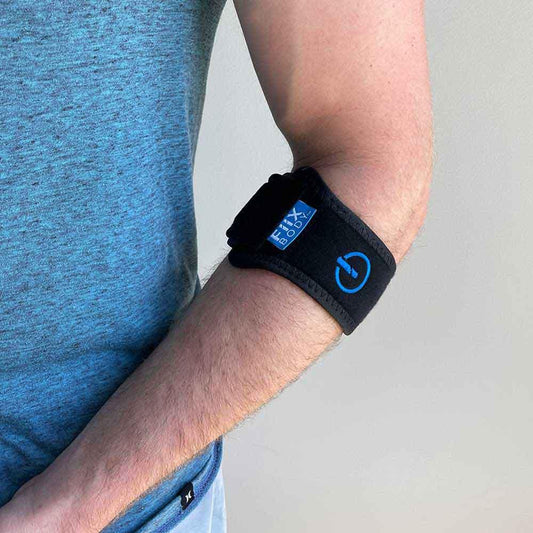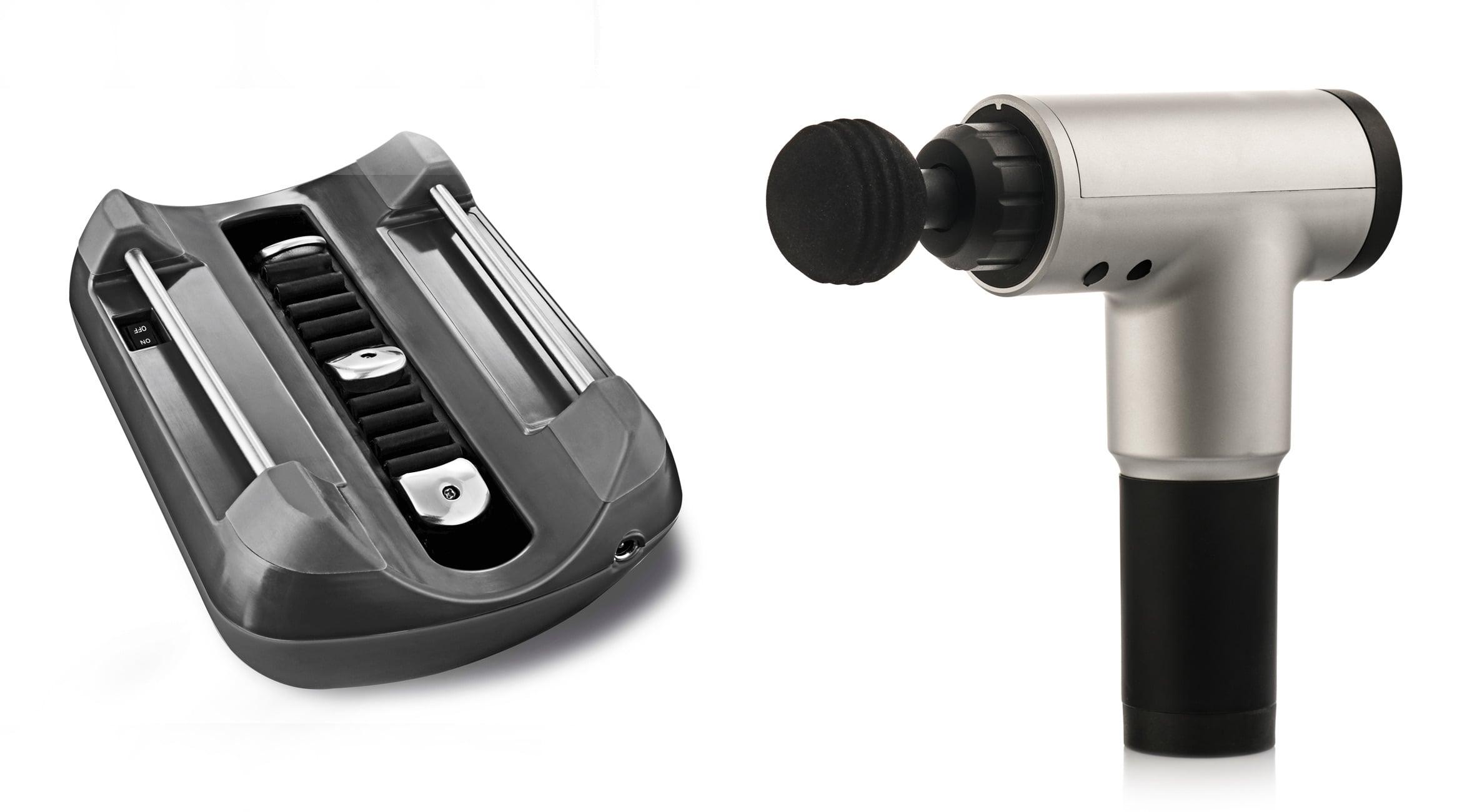Although scientific evidence for the effectiveness of TENS as a pain-management therapy is inconclusive, the treatment does have substantial anecdotal support among healthcare professionals and individuals, and is a common supplement to other treatments.
So, what exactly does a TENS unit do?
How a TENS unit works
Practical Pain Management indicates that most TENS devices for home use have four components: a compact current generator, four electrodes, four lead wires and a battery. The lead wires connect the electrodes to the generator, and the electrodes are attached to the skin at the pain site.The electrical current can be adjusted according to frequency, pulse width and intensity, and traditional units offer three modes: burst, continuous and intermittent. Advanced devices can include massage features such as kneading, cupping and shiatsu.
The electric current floods the nervous system, and stimulates the nerve cells in the body that block the transmission of pain signals, thereby modifying a person’s perception of pain. Essentially, the current distracts the brain so that it cannot process the body’s pain signals. It also stimulates the body to release endorphins, which are the body’s natural painkillers, or “feel-good” hormones.
Treatments can last from 15 to 60 minutes, and can be administered more than once per day if necessary. Effects of the pain relief from TENS vary by person, but can last for a few minutes to up to 24 hours.
Prices for TENS units, which come in digital and analog models, range from about $50 to more than $1000, but quality units are available for around $100. It is recommended to consult a healthcare professional before administering your own TENS therapy to rule out any contraindications and to receive instruction on proper usage.
Conditions treated and benefits
TENS is used for both acute and chronic pain conditions, including tendonitis (such as tennis elbow), arthritis, bursitis, diabetic neuropathy, low back pain, fibromyalgia, multiple sclerosis and more. It should not be used by people who have cancer, heart disease, epilepsy or deep vein thrombosis. In addition, TENS should not be used by those with an implantable device (such as a pacemaker) or pregnant women.
In addition to alleviating pain, TENS is a non-invasive, non-medicinal, accessible treatment. It has few, if any side effects, and the home units are compact and portable, so they can be used anywhere.
Despite inconsistent research results on the effectiveness of TENS, people do report that it helps them to manage pain. One TENS review concluded “TENS has been shown to provide analgesia specifically when applied at a strong, non-painful intensity.” Tiziano Marovino, clinical research physical therapist and practitioner at Chronic Pain Solutions in Ypsilanti, Michigan, calls TENS “a pain masking device,” noting that, “It doesn’t do much for the cause of the problem, but it can provide short-term relief similar to pain medications, but without the myriad adverse effects.”
Learn more: The difference between a TENS and Fiix Elbow device












